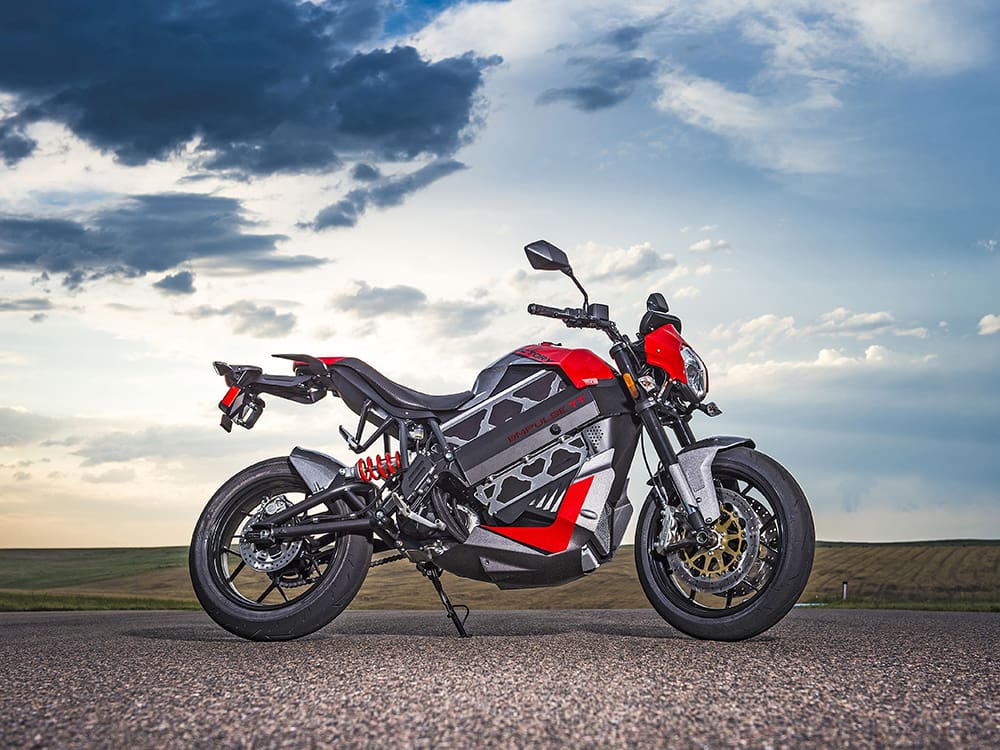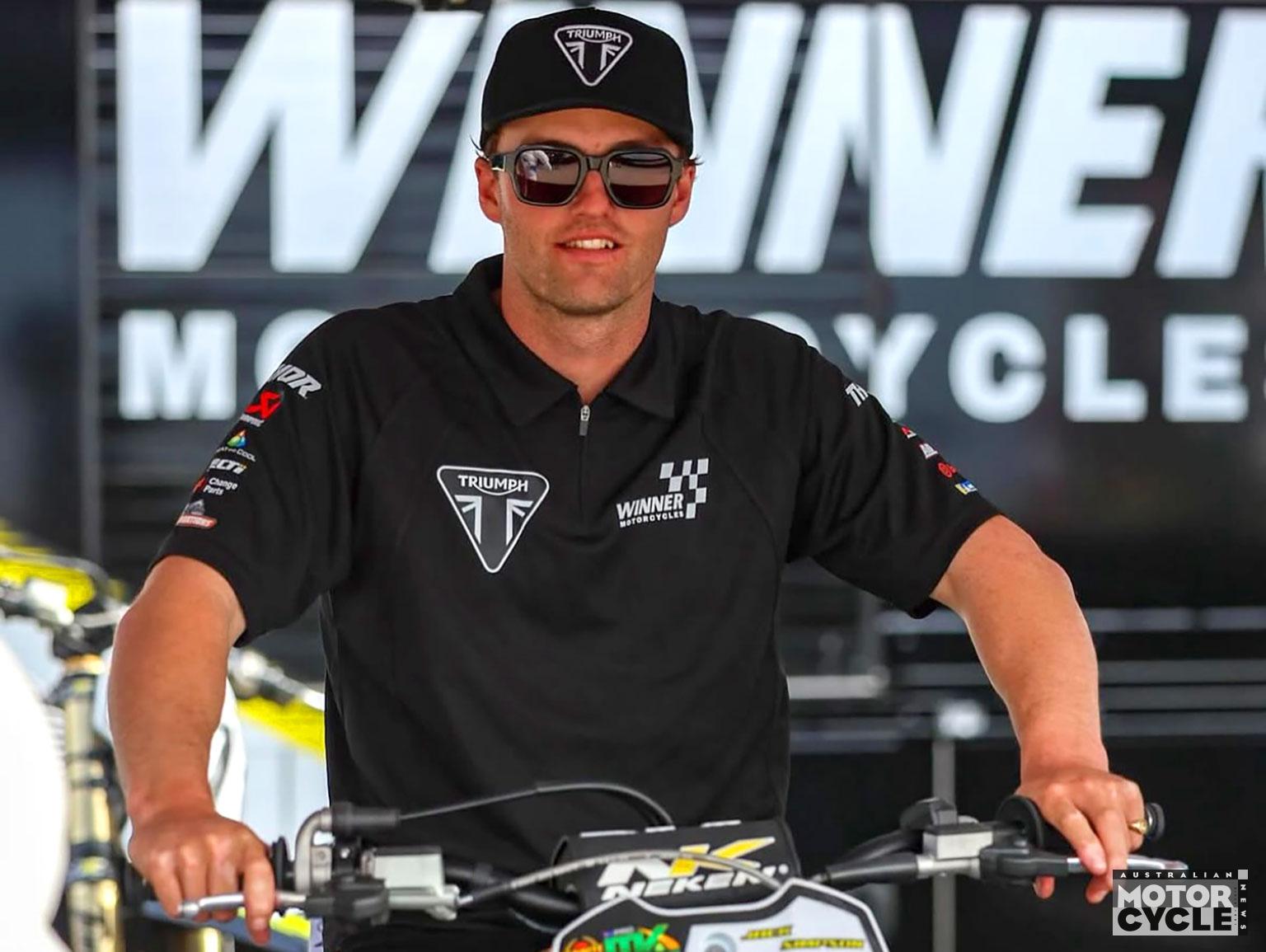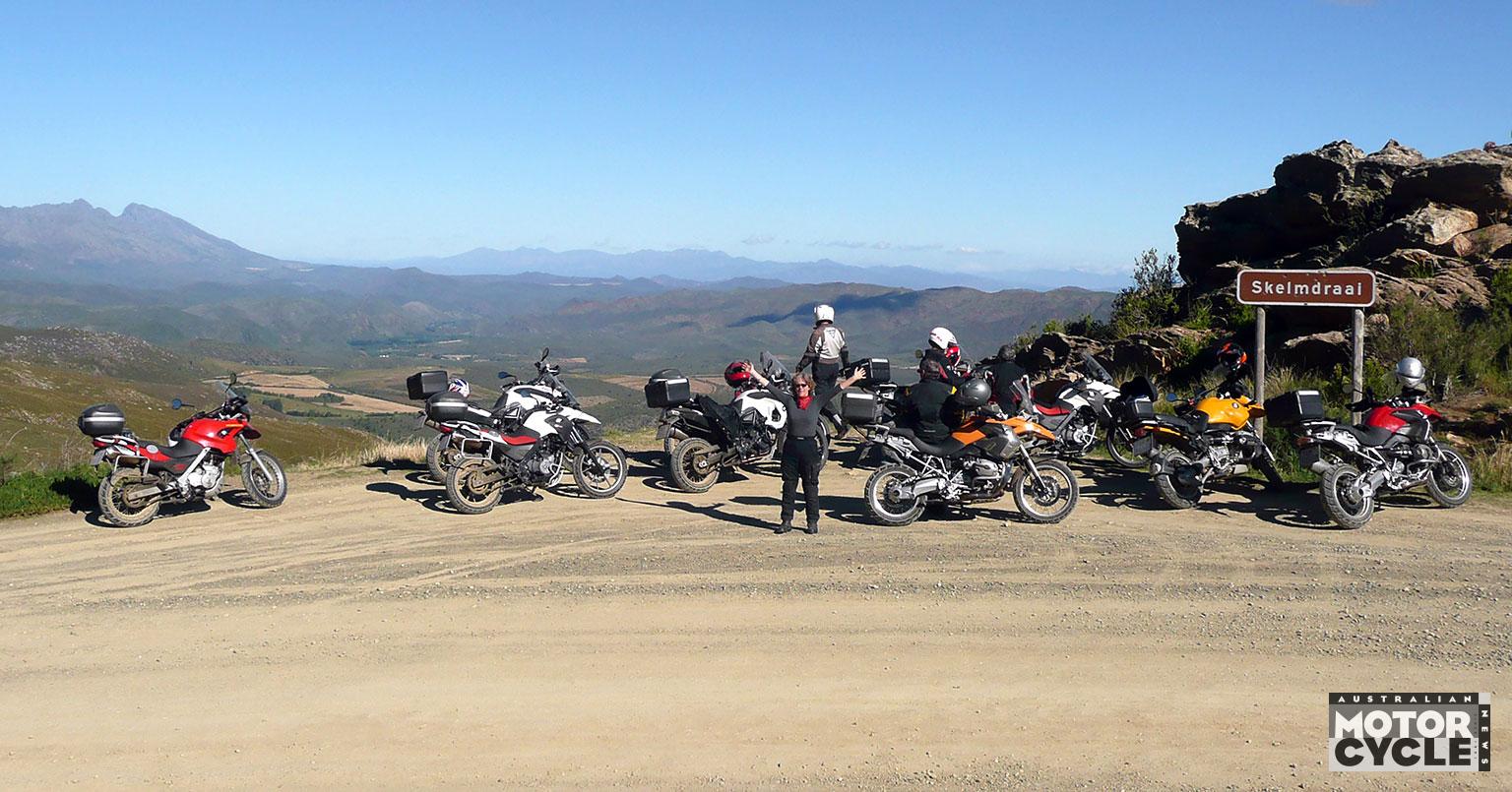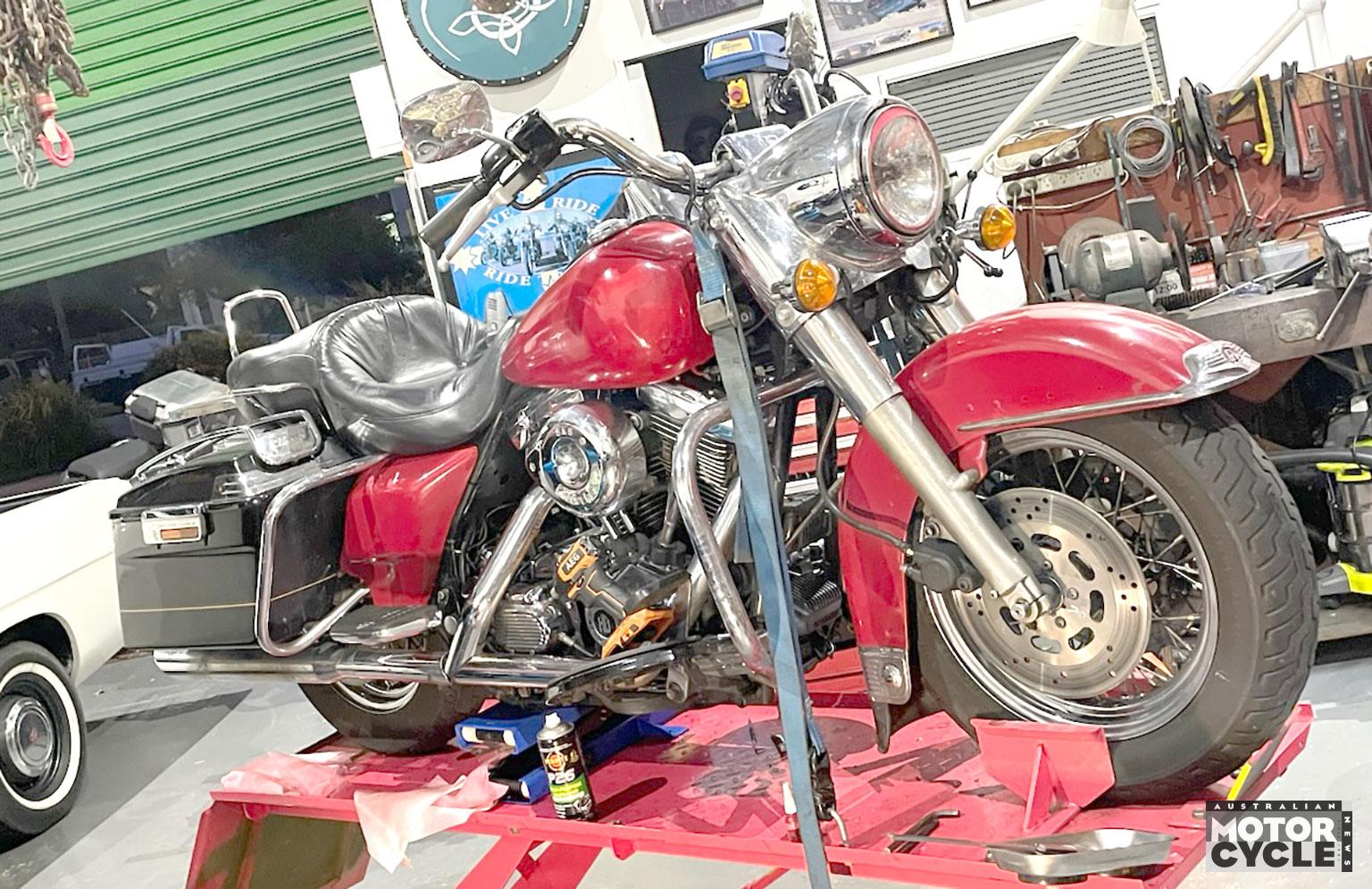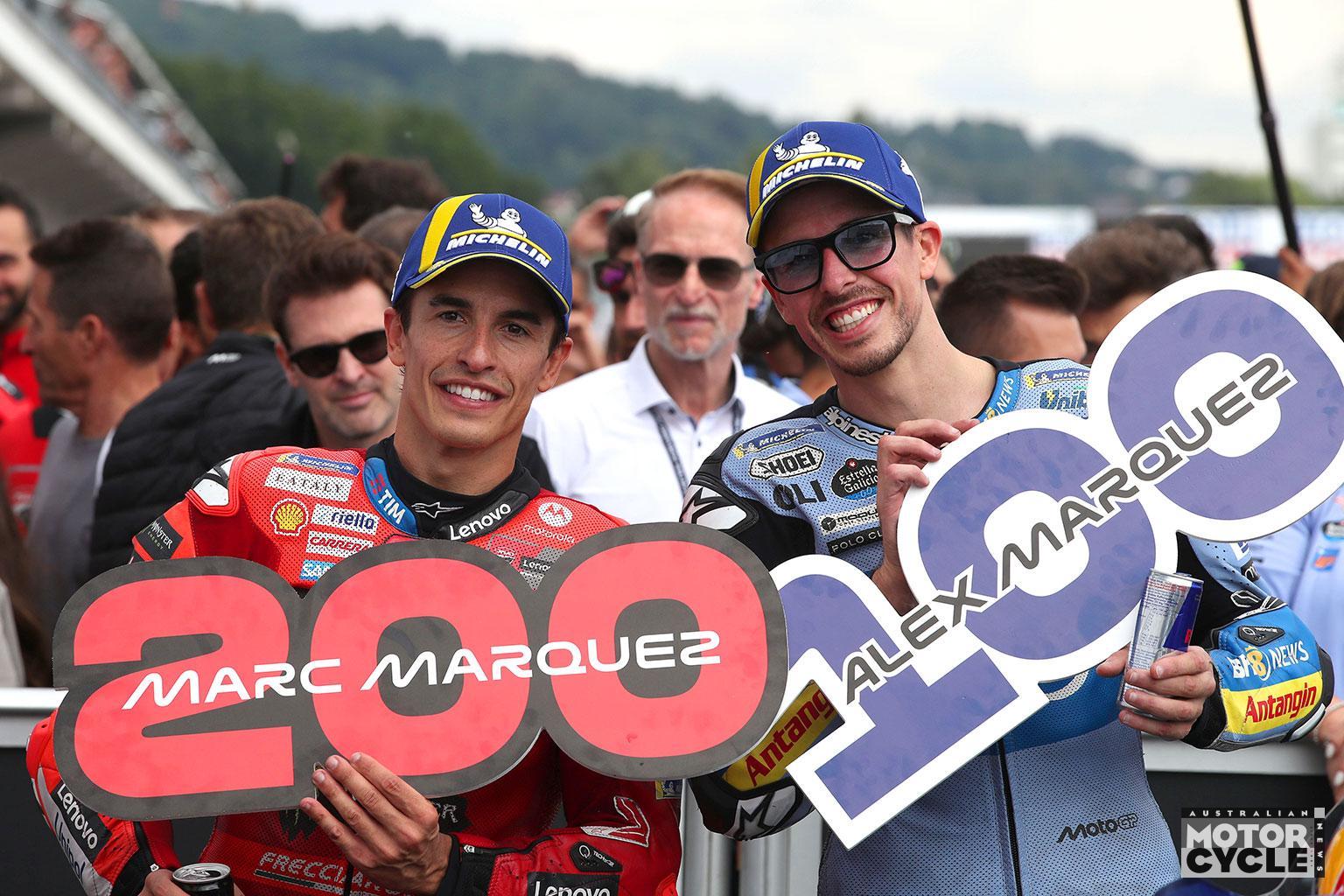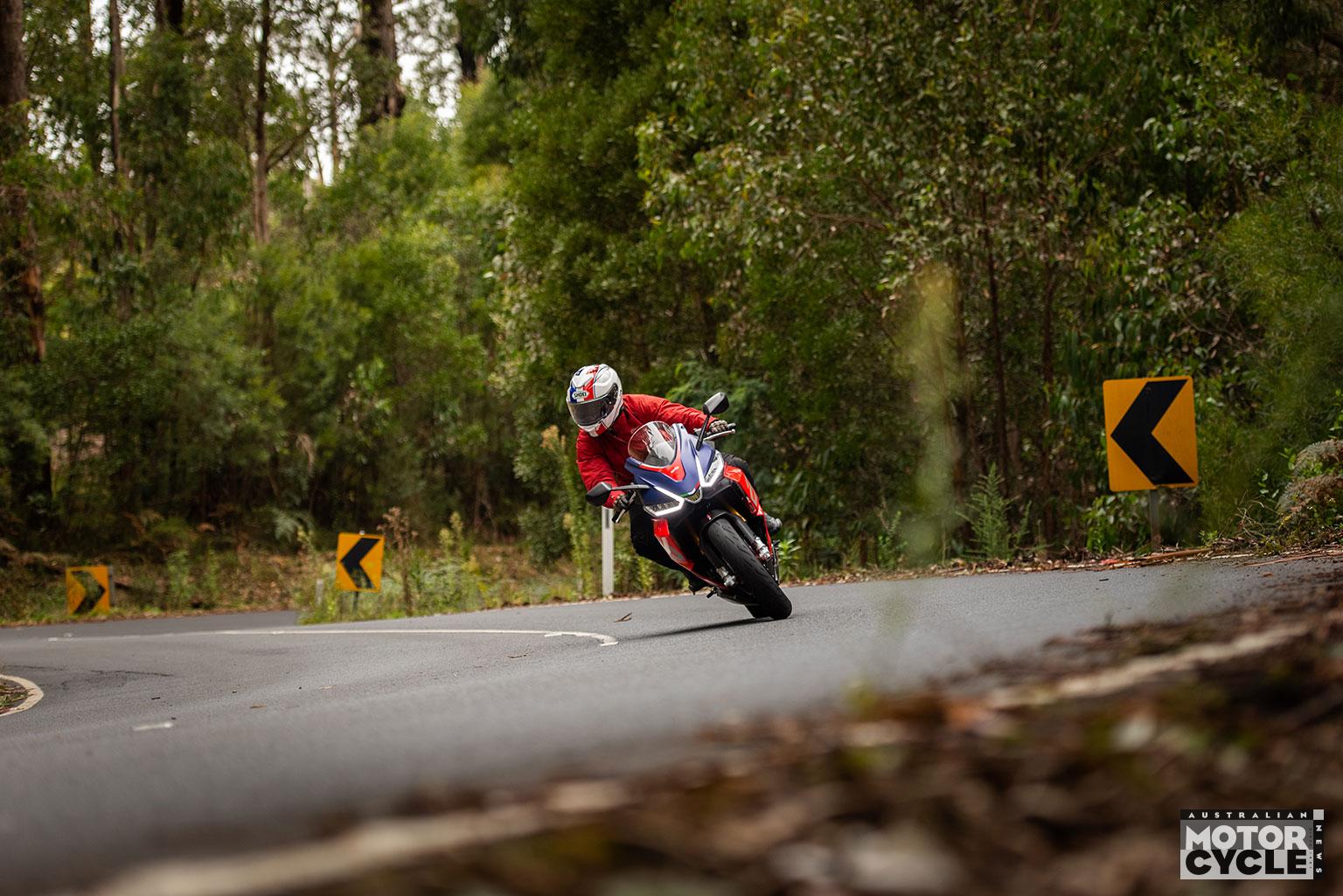AMCN Reader Tom Pryor wrote in and posed a very valid question. “I have wondered for ages why a simple gearbox is not fitted to electric vehicles,” he wrote. “In Cathcart’s Zero SR/F test (AMCN Vol 68 No 24), I see that urban range is a lot more than highway range. If there was at least an overdrive ratio available, then wouldn’t that increase the highway range?”
We’ll let our technically minded news guru Ben Purvis explain…
Most electric bikes eschew multi-speed transmissions because they’re simply surplus to requirements. Electric motors have a torque curve unlike any petrol engine, peaking at the lowest region of their rev-ranges, and can spin up to very high speeds. Electric bikes can get away with a single gear ratio to take them all the way from standstill to top speed, with no need for multiple gears, a shift mechanism or a clutch, and that represents a lot of weight, cost, size and complexity that can simply be stripped away.
It all comes down to the way an electric motor delivers its performance. As Tom says (Access, AMCN Vol 69 No 02), the peak torque is available right at the bottom of the rev range.
If you look at the torque and power curves of an electric bike, you’ll see they’re quite different to those of a petrol bike. We’re all pretty familiar with a petrol bike’s torque curve – it will start low, rise to its peak and then plateau for a while before dropping away at the highest end of the rev range. Meanwhile the power curve tends to have a more mountainous appearance, with a taller, sharper peak. That’s because the two lines are intrinsically connected by a simple formula: Torque (Nm) = Power (kW) x 9549/rpm (or Power (kW) = Torque (Nm) x rpm/9549).
Or, to put it more simply, power is a product of torque multiplied by revs. An electric motor’s dyno chart is unfamiliar if you’re used to seeing a petrol engine’s graph. Its power line will be basically flat (dropping a little as revs rise as more is lost in heat and noise), reflecting the amount of electrical power that’s being fed to the motor.
But because of the mathematical connection between power, torque and revs, that constant power level means that torque will drop as the motor’s speed increases.
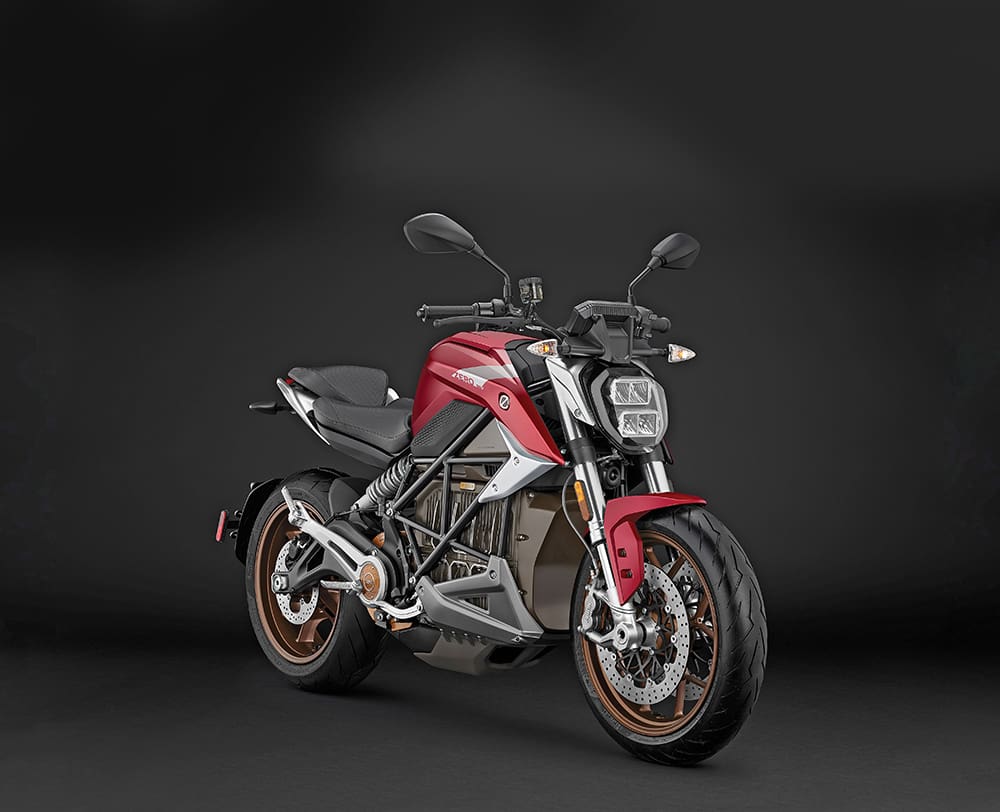
Where it counts
An electric motor making 10kW at 1000rpm would be making 95.49Nm of torque. If it was a petrol engine, you’d expect power to increase as revs rise, because as it turns faster, more fuel and air can be burnt. But the electric motor will still be making around 10kW at 10,000rpm, by which time the torque would be just 9.549Nm.
That’s why electric motors are perfect for golf carts – they can get a lot of mass moving very easily because there’s a lot of low-end torque, even with relatively little power. It also helps explain why there’s little need for a gearbox. Think of a heavy truck driving up a steep hill; as its speed decreases, a conventional engine’s revs will drop, bringing it off its torque peak and forcing the driver to change down to a lower gear and increase the revs. With an electric motor, as the truck’s speed drops the torque actually increases.
And that’s the thing. A gearbox is effectively a ‘torque multiplier’ – it swaps engine speed for torque. While the dyno graph for a petrol engine looks nothing like the chart for an electric motor, that’s partly because they show the power and torque outputs in a single gear. If you ran a bike on a dyno and shifted through all the gears, you’d see that the torque curve at the rear wheel is actually shaped very much like the curve for an electric motor – starting high and dropping off as the rear wheel speed increases.
It’s also why we should be careful of the bold claims made by electric bike manufacturers when it comes to peak torque. They’re always measured at the motor output – equivalent to a crankshaft figure – but what really counts is the torque at the rear wheel.
A conventional petrol superbike making 110Nm of torque at the crank will – depending on gearing – make something like 1200Nm at the rear wheel in first gear. In comparison, a Zero SR/F, with its impressive 190Nm of torque at the motor, has a single gear ratio with a 20T front sprocket and 90T rear, giving a peak of around 855Nm at the rear wheel. Still more than enough, but not as spectacular as the ‘crankshaft’ figures suggest.
But what
about range?
Would range be improved if there was an overdrive? Again, because of the linear relationship between electrical power going in to an electric motor and the mechanical power coming out of it, the benefit would be minimal. The reduced high-speed range of electric bikes compared to the distances they can cover at city speeds is largely down to the fact that at higher speeds they’re working harder against things like wind resistance.
Having said all that, and despite the fact there’s no real need for multi-speed transmissions on electric bikes, some makers still fit them. Brammo – which later was taken over by Polaris and folded into the Victory brand before being shut down – was one of Zero’s main rivals and made a selling point of the fact it used conventional six-speed transmissions on its bikes.
Although not strictly needed, the transmission and a conventional clutch gave an extra layer of controllability and familiarity for riders, as well as boosting the Brammo’s top speed potential. But back-to-back tests against its electric rivals tended to show that the transmission’s benefits were marginal, and as electric motors’ performance improves, it’s hard to see many others embracing that idea.
